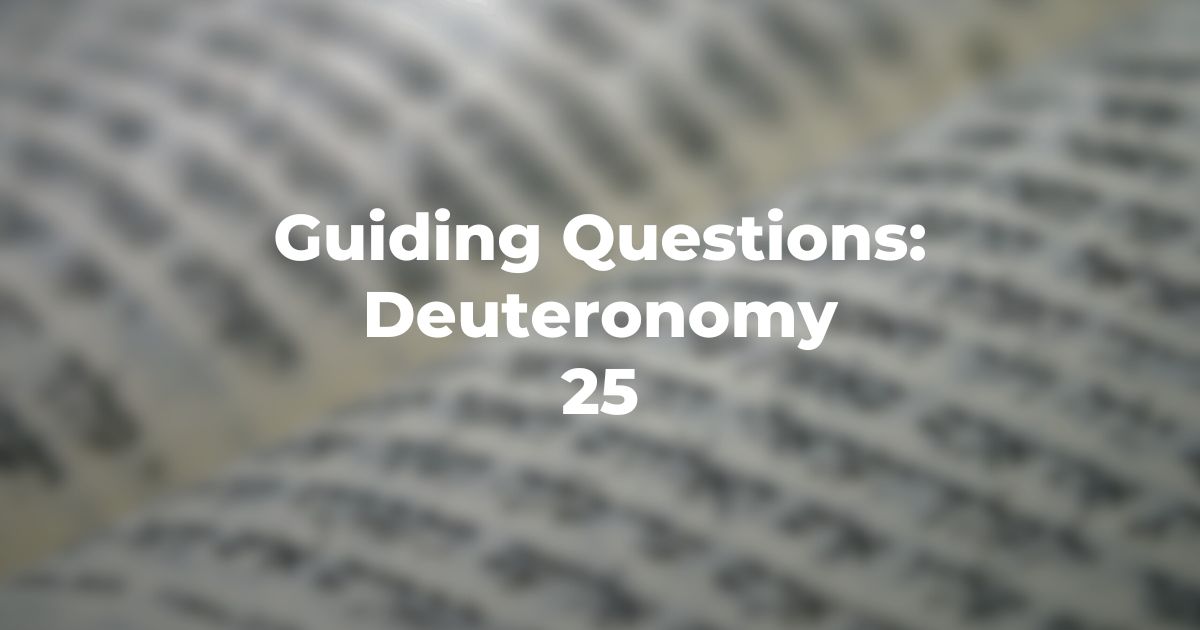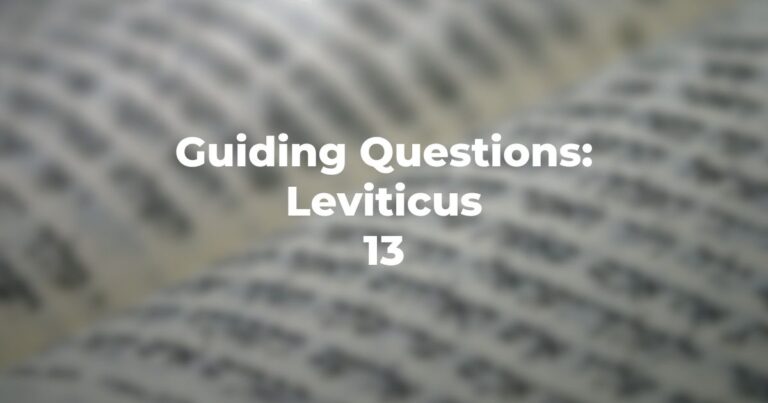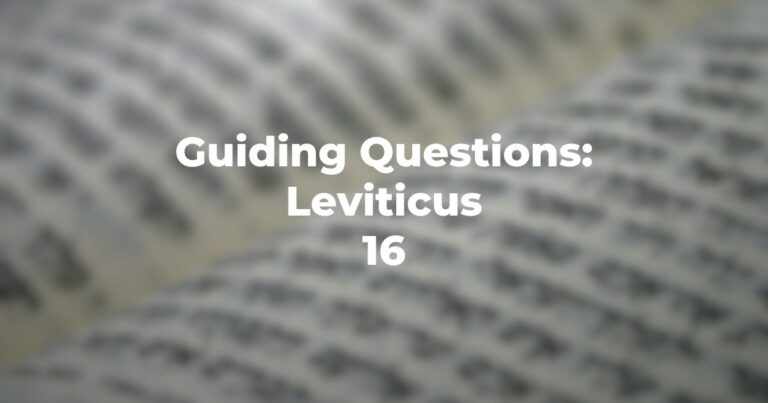- When punishment for a violation is physical, what is the norm/intent of Deuteronomy 25:1-3?
- Does Deuteronomy 25:4 appear to be in place and, irrespective of location, what is its intent?
- In the passage beginning with Deuteronomy 25:5 and continuing through Deuteronomy 25:10, what is the intent of having a brother marry the wife of a deceased brother?
- Is there any action taken if the brother refuses to do so?
- Does the woman have any active role in this procedure?
- What, self-evidently, is the attitude of the text towards one who refuses to assume the obligation of marrying his brother’s wife?
- Deuteronomy 25:11-12 deal with a wife intervening in a fight between her husband and another man. Why does this intervention call for what appears to be an extremely severe punishment with the additional phrase “show no mercy?”
- Did the TalmudReferring to one of two collections, the Jerusalem and Babylonian Talmuds, edited in the 6th century, that contains hundreds of years of commentary, discussion, and exploration of the ideas in the Mishnah. One could describe it as Mishnah + Gemara = Talmud Read more understand Deuteronomy 25:12 literally or did it provide for some other arrangement?
- What business practices are approved and what are denounced in Deuteronomy 25:13-16; and are these practices considered as execrable as other violations previously mentioned?
- In the passages dealing with the attack by the Amalekites (Deuteronomy 25:17-19) appears the phrase in Deuteronomy 25:18 “and you were weary and worn out, and did not fear God.” To whom does the last phrase refer—the Amalekites or the Israelites?
- Is the “memory of Amalek” to be totally erased, a memory of “not fearing God and not acting appropriately” by the Israelites, or is it the actual eradication of the Amalekites?
Author
-

Exploring Judaism is the digital home for Conservative/Masorti Judaism, embracing the beauty and complexity of Judaism, and our personal search for meaning, learning, and connecting. Our goal is to create content based on three core framing: Meaning-Making (Why?), Practical Living (How?), and Explainers (What?).
View all posts




